Rooting Pitcher Plants: Tips On Growing Pitcher Plants From Cuttings
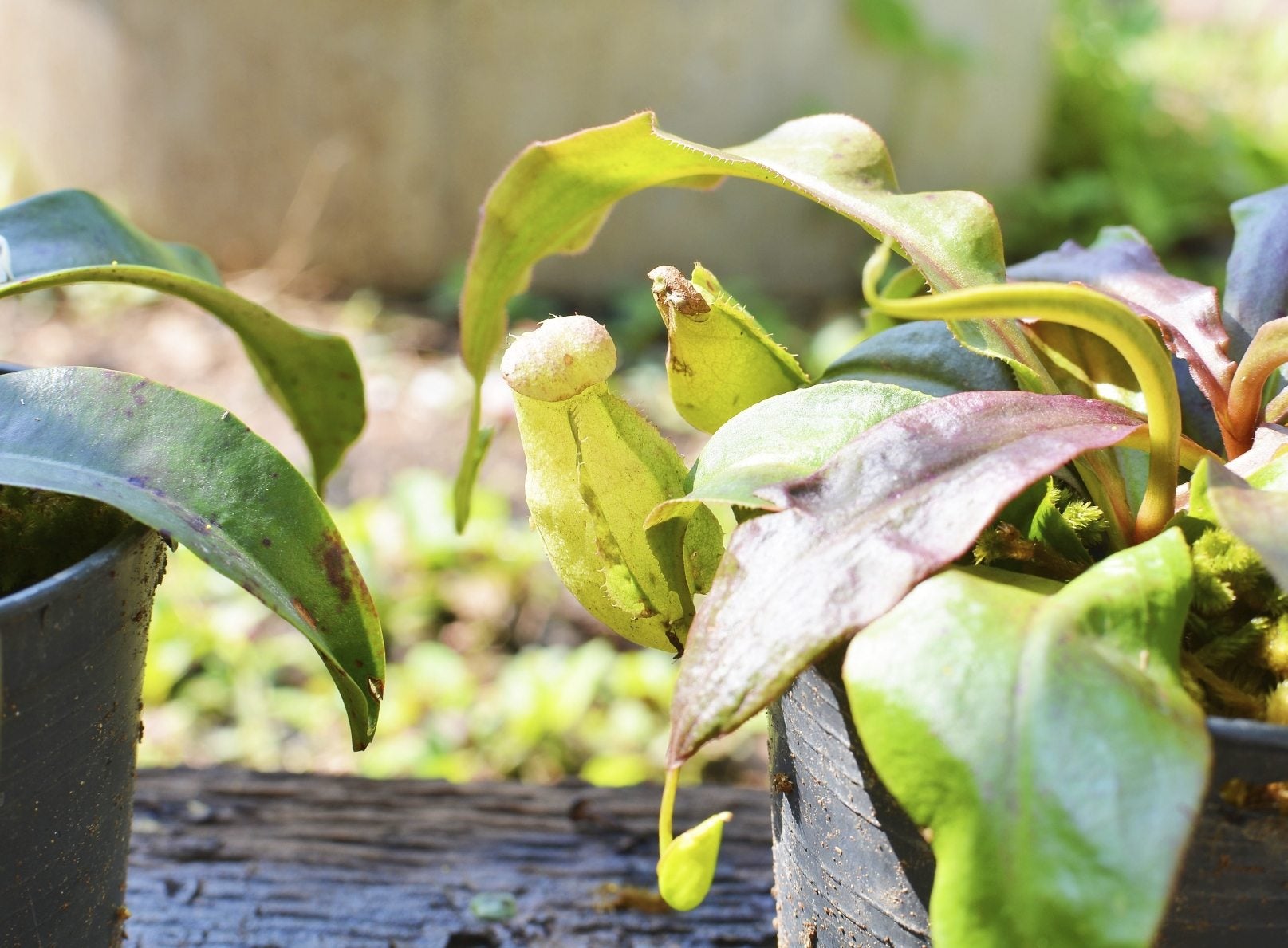

Pitcher plant is a fascinating carnivorous plant that has ornamental appeal while entertaining and educating on a unique method of feeding. Propagating pitcher plants can be done by tissue culture, seed, or stem cuttings. Rooting cuttings is the more common method for a home gardener. Pitcher plant cuttings must be taken at the right time of the year and from a mature plant. Collectors know how to propagate a pitcher plant, so we’ll take some tips from them and explore the world of pitcher plant growing.
How to Propagate a Pitcher Plant
The pitcher plant has a silhouette that most gardeners can recognize. The plants produce male and female flowers on separate plants. The two sexes appear identical and make it nearly impossible to ensure that you have one of each. Additionally, the plants need to be flowering at the same time in order for the male’s pollen to transfer to the female bloom. This is as likely as my winning the lottery in any environment but nature. Rooting cuttings is a far easier and surer way to propagate pitcher plants. There are two methods that should do the trick and produce new pitcher plants in a month or two. Plants in nature produce offspring through seed. Baby plants take a long time to develop, and fertilization is capricious in nature. A gardener who wants to undertake propagation through seed will need patience and a lot of luck. Tissue cultured plants are best left to those professionals in the nursery industry or someone with a botany degree. Cuttings, however, grow quickly and are easy for even a novice gardener to undertake. Cuttings from mature plants with actively growing stems work best. When the plant begins to produce vining stems, harvest a climbing stalk that has a basal rosette. Use a clean, sharp razor and take the stem just below a lower leaf with a growth bud. Count three nodes and make your cut.
Growing Pitcher Plants from Cuttings in Water
Once you have your cutting, it is time to root the material. Pitcher plant cuttings can be rooted in water or in a soilless medium. Use rain or distilled water and immerse the end of the cutting and the first growth node in the liquid. Place the glass in a bright area where temperatures are moderately warm. Change the water at least once per week. The stem should split in less than two weeks and begin to produce tiny rootlets. If the cutting is a piece of the tip of the stem, the end growth should continue growing. When the cutting has six rootlets, plant it in sphagnum moss. Keep the cutting moderately moist. In six months or more, the plant will develop a classic pitcher form. Propagating pitcher plants in this way is quite easy, but you have to watch the cutting for any signs of fungus or rot.
Pitcher Plant Cuttings in Moss
Harvesting a cutting that will grow in moss is the same as that for a water grown plant. Professionals use rooting hormone on the end of the cutting and often a fungicide. If you have a sterile medium, the fungicide is not necessary, but the rooting hormone helps enhance the plant’s ability to send out rootlets. Sphagnum moss or a 50/50 mixture of coir and perlite create ideal conditions when growing pitcher plants from cuttings. Remove the bottom leaf and settle the stem into the medium with the remaining two leaves above the surface. Make sure the cutting has one growth bud below the surface of the medium. Lightly moisten the medium and place the container in a plastic bag. Keep the container in a brightly lit area. It can take six months to a year to see new growth while rooting takes place. Do not disturb or repot the plant until new growth is observed. It’s a tedious wait, but the benefits will be clear when your new pitcher plant begins to produce its characteristic hood.
Gardening tips, videos, info and more delivered right to your inbox!
Sign up for the Gardening Know How newsletter today and receive a free copy of our e-book "How to Grow Delicious Tomatoes".

Bonnie Grant is a professional landscaper with a Certification in Urban Gardening. She has been gardening and writing for 15 years. A former professional chef, she has a passion for edible landscaping.
-
 How To Make A Bouquet Garni Or Herb Bundle For Cooking
How To Make A Bouquet Garni Or Herb Bundle For CookingIf you’re a great cook, you may have made an herb bundle before. If this is a new idea, learn how to add sparkle and interest to your dish with a bouquet garni.
By Amy Grant
-
 ‘Coral Charm’ Peony Care For Sublime Semi-Double Peonies With Lush Salmon Pink Flowers
‘Coral Charm’ Peony Care For Sublime Semi-Double Peonies With Lush Salmon Pink FlowersPeonies are known for their soft baby pink or magenta tones, but if plushy coral blooms are your thing, here’s our guide to the ultimate ‘Coral Charm’ peony care
By Tonya Barnett
-
 Black Pitcher Plant Leaves – Why Nepenthes Leaves Are Turning Black
Black Pitcher Plant Leaves – Why Nepenthes Leaves Are Turning BlackPitcher plant has specific needs, and it lets you know with alarming clarity when those needs aren't being met. This article explains what to do when you find your pitcher plant's leaves turning black. Click here to learn more.
By Jackie Carroll
-
 Watering Nepenthes – How To Water A Pitcher Plant
Watering Nepenthes – How To Water A Pitcher PlantThere are many types of exotic pitcher plants, all surprisingly easy to grow once you learn how to meet the plant's basic needs, including proper pitcher plant watering. Click here to learn what's involved in watering a pitcher plant.
By Mary H. Dyer
-
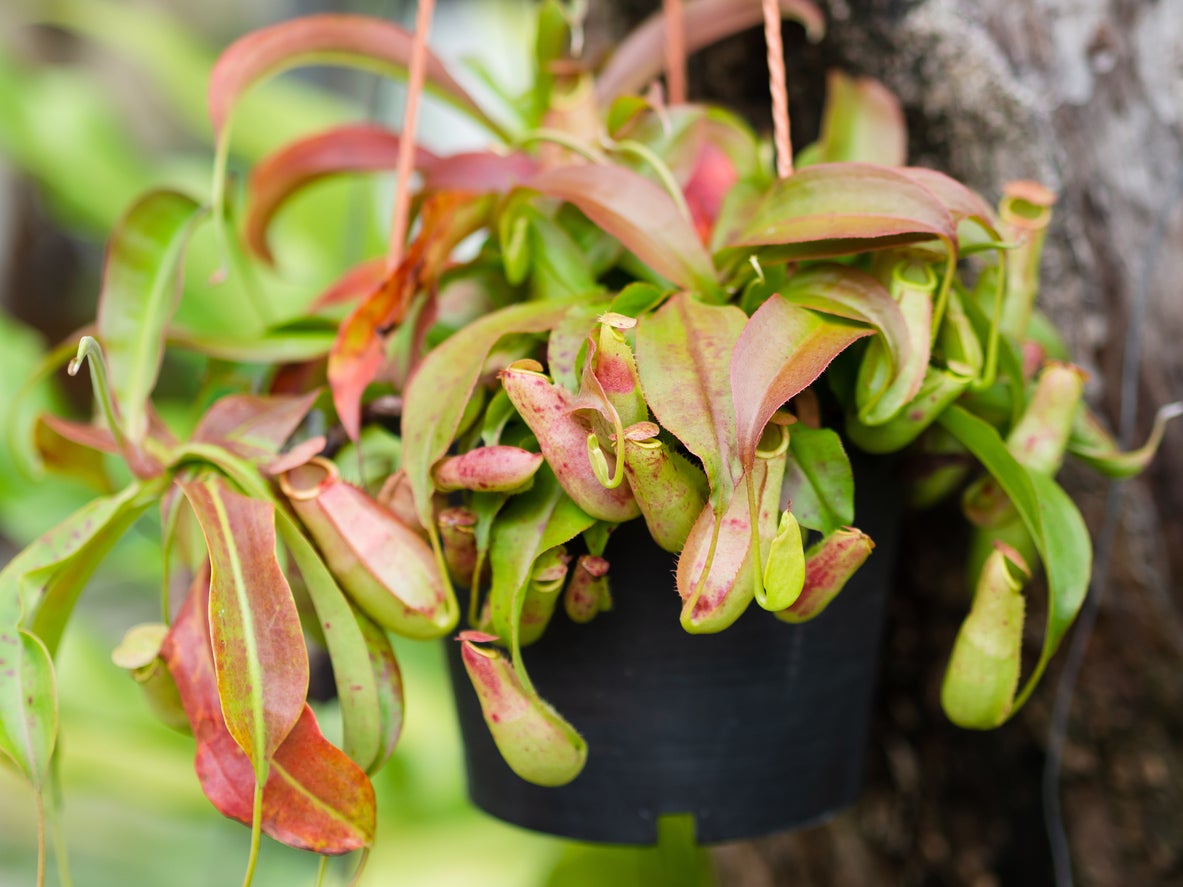 Nepenthes Pitcher Plants: Treating A Pitcher Plant With Red Leaves
Nepenthes Pitcher Plants: Treating A Pitcher Plant With Red LeavesNepenthes pitcher plants are often grown as houseplants. If you own one, you may see your pitcher plant leaves turning red. There are various possible reasons for a pitcher plant with red leaves; some require fixing, some do not. Click here to learn more.
By Teo Spengler
-
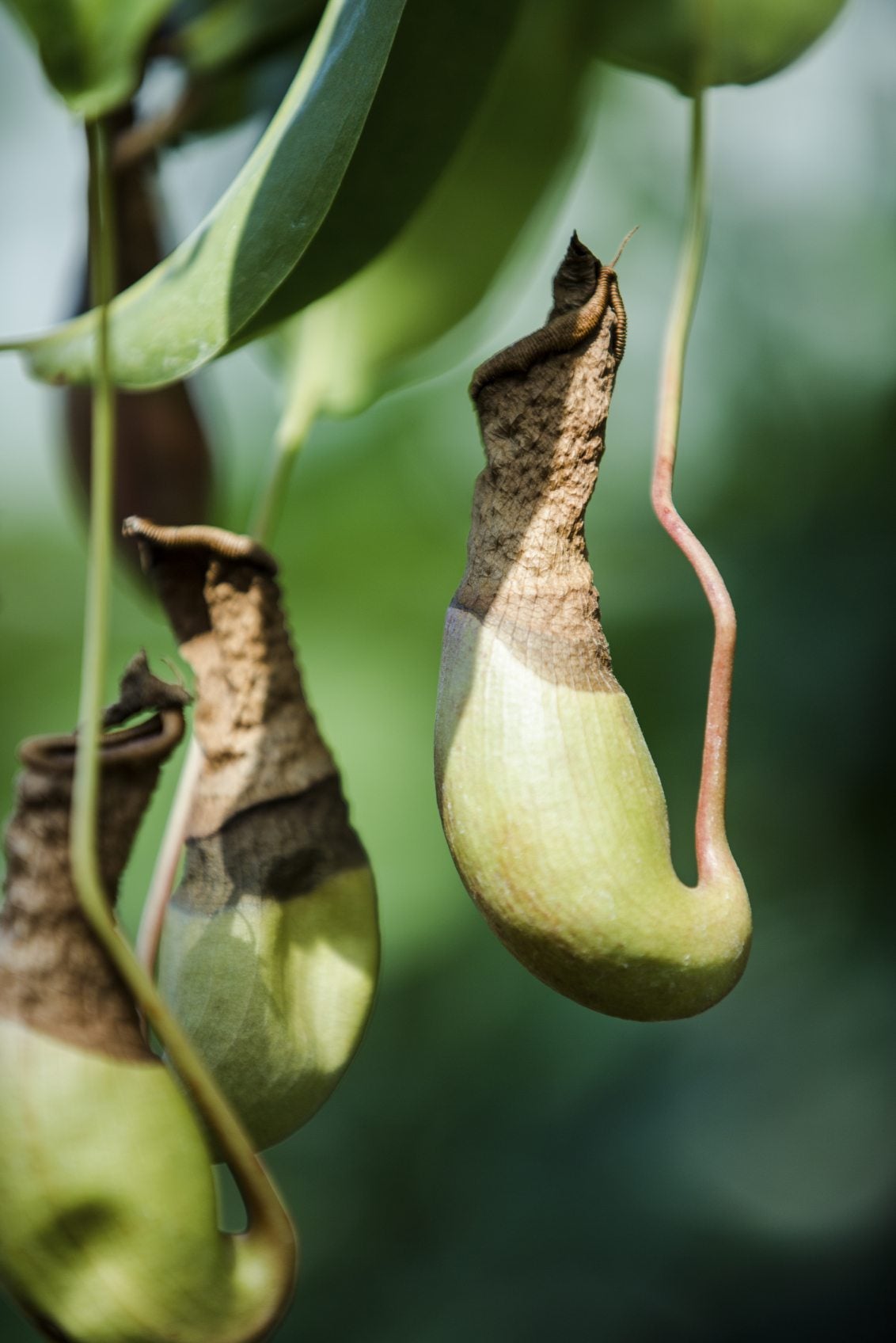 Pitcher Plant Pest Control: Learn About Pests Of Pitcher Plants
Pitcher Plant Pest Control: Learn About Pests Of Pitcher PlantsPitcher plants are exotic, fascinating plants, but they're prone to many of the same problems that affect any other plant, including pests. If you're wondering how to get rid of bugs on carnivorous plants, it can be tricky. Click here to find out why.
By Mary H. Dyer
-
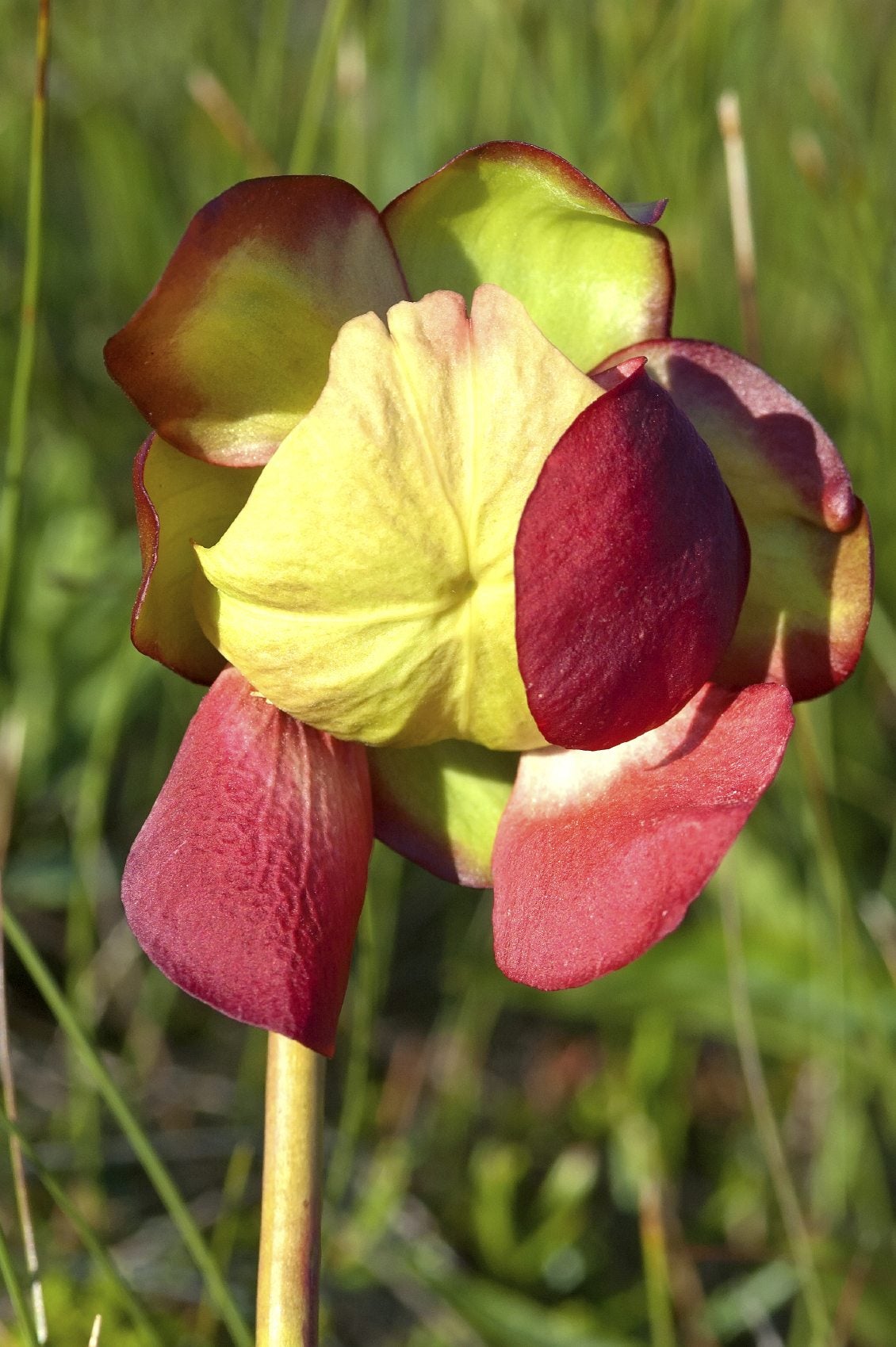 Do Pitcher Plants Bloom: Learn About Pitcher Plant Flowers
Do Pitcher Plants Bloom: Learn About Pitcher Plant FlowersDo pitcher plants bloom? They certainly do, and pitcher plant flowers are just as fascinating as the colorful, mysterious pitchers. Click on this article for more pitcher plant flower information. You'll be amazed at how lovely their flowers are.
By Mary H. Dyer
-
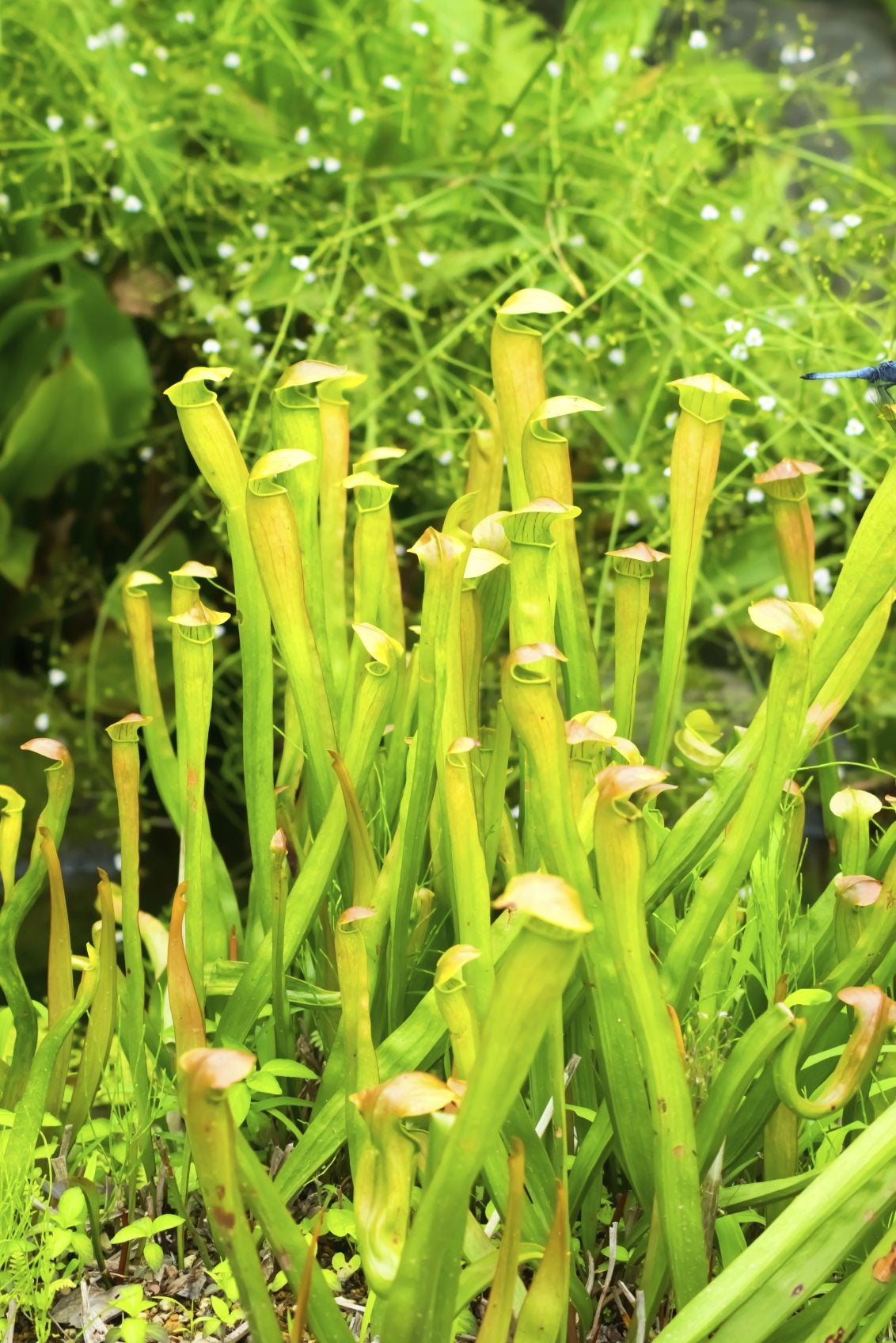 Pitcher Plant Info: Growing Pitcher Plants In The Garden
Pitcher Plant Info: Growing Pitcher Plants In The GardenGrowing pitcher plants outdoors requires a combination of conditions quite different from ordinary garden plants. To learn what these plants need to grow outdoors, click on the article that follows for additional information.
By Karen Boness
-
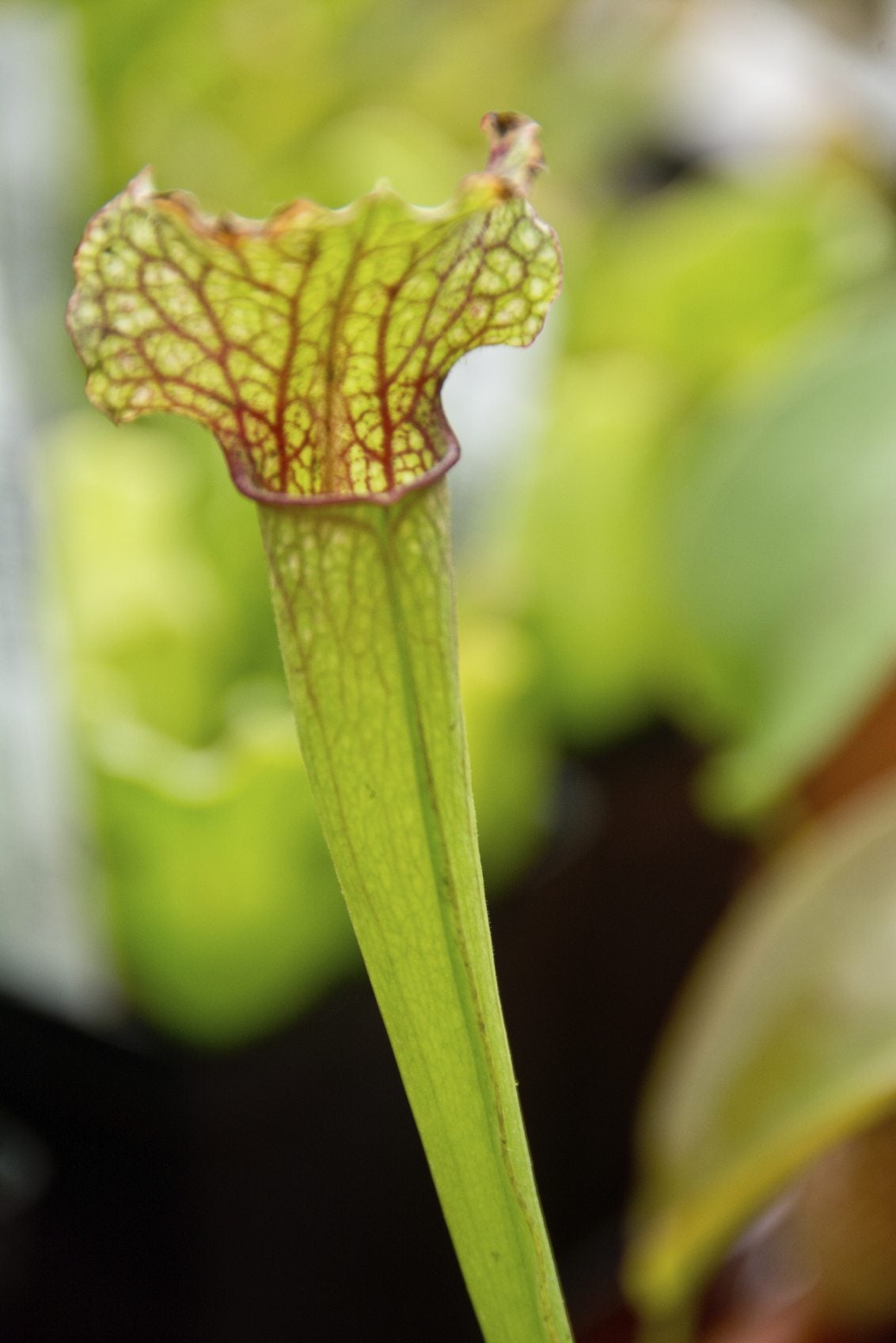 Carnivorous Plant Problems: Why A Pitcher Plant Has No Pitchers
Carnivorous Plant Problems: Why A Pitcher Plant Has No PitchersIf you're having carnivorous plant problems, such as a pitcher plant not making pitchers, it may require some troubleshooting to determine the problem. For helpful tips on this issue, simply click on the following article.
By Mary H. Dyer
-
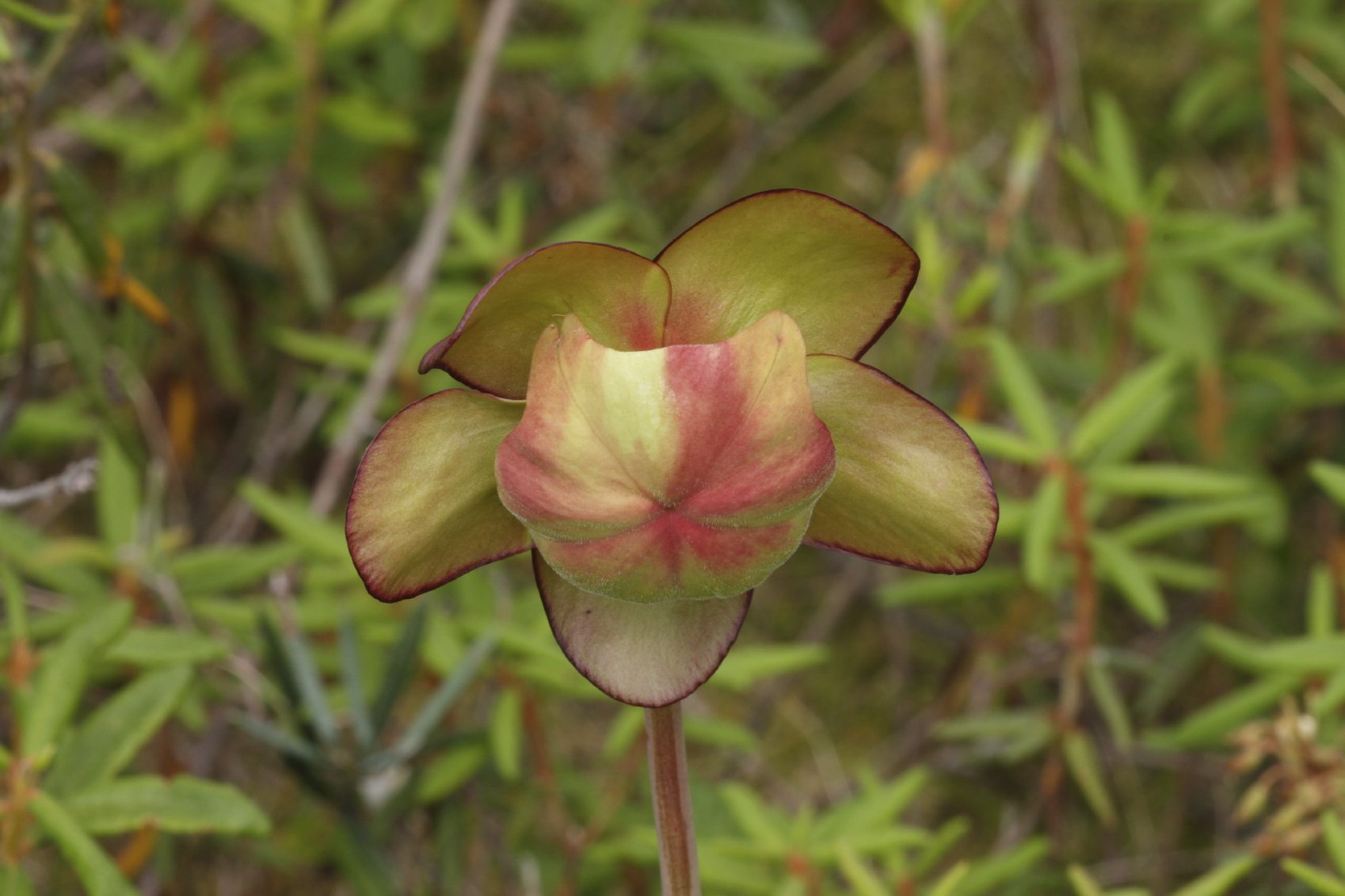 Pitcher Plant Seeds: Guide To Pitcher Plant Seed Growing
Pitcher Plant Seeds: Guide To Pitcher Plant Seed GrowingPitcher plant seed sowing is one of the best ways to reproduce this beautiful plant. But like the seeds of other carnivorous plants, they need special treatment to give them their best chance of growing. Click this article to learn more.
By Teo Spengler